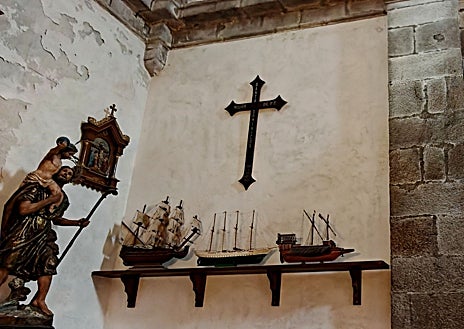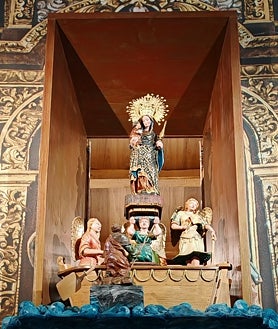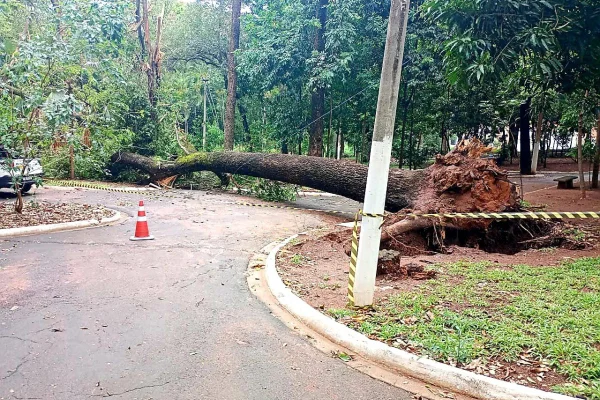
Located in a corner of the world, on the shores of the Atlantic Ocean coast of deathIt is a seaside town. Muxia. Permanently surrounded by fog and haze, it is a popular modern destination on the Camino de Santiago. … We cherish this enclave, where history and legend mix together, something that never existed in the Middle Ages. Sanctuary of Our Lady of La Barca.
According to tradition, when the Apostle Santiago was evangelizing on the peninsula in the first century, the Virgin Mary appeared to him twice and gave him strength in his mission. first Zaragozaleft its mark on the Cathedral of Nuestra Senora del Pilar. The second is Muxía, where, according to legend, the Virgin appeared on the water in a boat before the “Son of Thunder” so that he would not be discouraged by the limited success of his apostolate.
These are the legendary origins of the present temple, with references from the 12th century, when it was a small Romanesque chapel, later expanded in the 15th century due to the numerous portents that took place here, and then in the 17th century, thanks to the donation of the Duke of Maceda, lord of the Serreixo Tower, whose remains were kept in one of the sarcophagi in the sanctuary.
miraculous place
As soon as you enter the church, with its Latin cross plan, single nave and Baroque style, you are struck by the silence that is always present inside. It’s very overwhelming Numerous boat and sailing offerings hanging from the walls All of them in large lamps were left by sailors and sailors in gratitude to the Virgin for saving their lives in shipwrecks and storms.
Proceeding through the central nave you reach the main altar and the dressing room of Our Lady. 19th century walnut wood carving, Gothic style, polychrome, Virgin Mary standing with the baby Jesus in her arms. The statue was privileged by Pope Pius XII, and the main character will be depicted every Sunday after September 8th. One of the oldest and most important pilgrimages in Spaindeclared National tourism festival In 1989.


100 meters from the entrance to the sanctuary lies the sacred origin of this place. According to legend, this is the “Sacred Stone”, the petrified remains of the ship in which the Virgin appeared to the Apostle Santiago.
-
How to get there. Take a bus from Santiago or La Coruña, which have good airport and rail connections.
-
places of interest. Other important enclaves in the town include the Pilgrim’s Fountain (where pilgrims cleanse before entering the sanctuary), the Church of Santa Maria, the Muxía Lighthouse and the conger drying room, which are the only ones that have been preserved and continue to be used in an artisanal manner.
Muxia was a source of inspiration for notable writers such as: federico garcia lorca (included in “Six Galician Poems”) or Rosalia de Castro. Now it is the modern goal of the Camino de Santiago. It’s not in vain, it’s one of the jubilee temples of 2015 Roman Jubilee 2025The event will last until January 6th and, under the motto “Pilgrim of Hope”, will be a place of indulgence for all Catholics seeking conversion, repentance and spiritual renewal.



